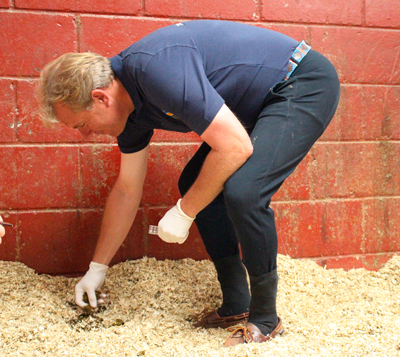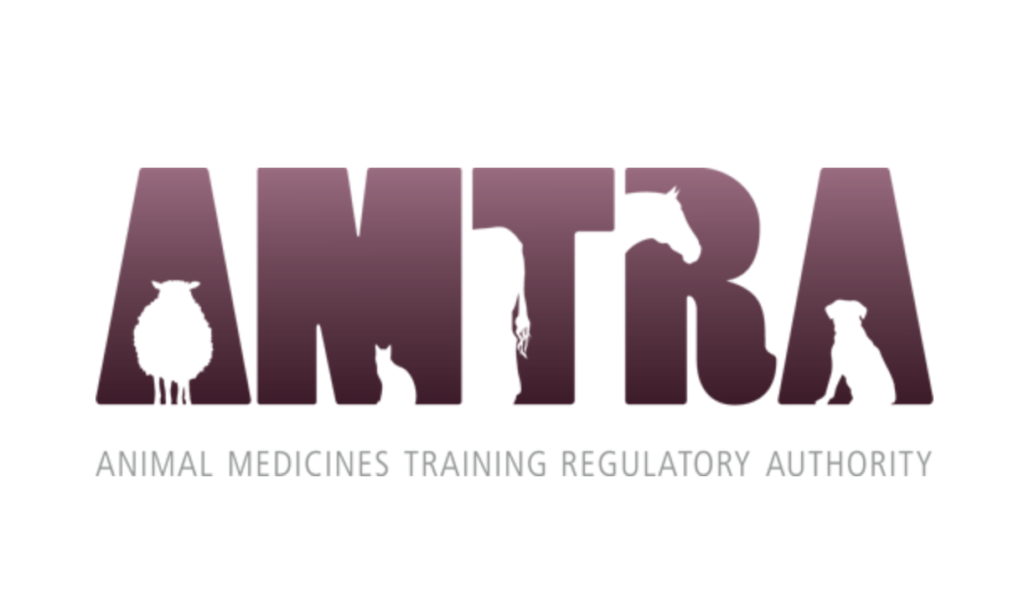Equine worming: the latest expert advice
By Rosie Naylor BVetMed MVetMed DipACVIM PhD MRCVS
Last month, a panel of horse worming experts and a leading equine journal published a consensus statement on current best practices for worming horses. The group of eight specialists took part in a roundtable discussion organised by UK VET Equine at the Moredun Institute at the end of last year. They discussed the latest research to determine the current situation with regards to worming horses in the UK and made recommendations for best worming practices based on this information.
The panel included specialist vets David Rendle (Rainbow Equine Hospital), Ian Cameron (Rossdales), Professor Bruce McGorum (University of Edinburgh), Professor Mark Bowen (University of Nottingham) and leading researchers Professor Jacqueline Matthews (Moredun Research Institute), Professor Jane Hodgkinson (University of Liverpool), Dr Corrine Austin (Austin Davis Biologics) and Tamzin Furtado (University of Liverpool). The meeting was supported by Virbac in collaboration with educational partners The Horse Trust and Vet Partners.
The growing threat of anthelmintic resistance
With increasing reports of resistance amongst most, if not all, available anthelmintics, there is now a need to balance the risk of disease in an individual animal with the health of the population. An important way of reducing the selection pressure for resistance to anthelmintics is to maximise the number of parasites that are in refugia and therefore not exposed to anthelmintic treatment. Strategies should be designed to identify and treat only those animals with worm burdens that are potentially detrimental to their health and are contaminating the environment of other animals.
Resistance is a particular concern amongst cyathostomins with evidence of resistance to fenbendazole, pyrantel and ivermectin and reduced sensitivity to moxidectin reported. Resistance of ascarid populations to macrocyclic lactones is considered to occur commonly by vets in the UK with occasional reports of pyrantel and fenbendazole resistance. Currently, resistance has not been identified in tapeworm populations, however this may reflect difficulties in diagnosing the persistence of tapeworm infection.
Reducing the need for anthelmintic treatment
The need for anthelmintic treatment will be significantly reduced if the environmental parasitic challenge can be reduced. Husbandry practices therefore have an important part to play in limiting the use of anthelmintics. The aim should be to minimise stocking density and to maintain consistent horse populations, using faecal egg counts (FECs) to monitor environmental contamination. Faeces should be removed from the pasture at least twice per week and muck heaps kept far away from the paddocks. Resting and rotating paddocks is best done in the warmer months as the larvae will survive for less time in hot dry weather. Co-grazing with ruminants will also help to reduce the infective burden on the pasture.
Effective quarantine procedures are vital to prevent new animals bringing parasites onto the yard. Animals should be treated with a broad spectrum wormer and ideally a faecal egg count would be performed before and 2 weeks after treatment, to confirm this has been effective, before turning the horse out. In practice, treatment with moxidectin and praziquantel is usually administered followed by stabling the horse for a minimum of 3 days after treatment.
Assessing the need for anthelmintic treatment
It is well accepted that interval dosing without assessing the need for treatment is obsolete, except perhaps in foals. Faecal egg counts should be performed to identify the 20% of horses that shed the majority of the worm eggs and to whom treatments should be targeted. The frequency of FECs will be determined by the level of risk but in most populations three FECs should be performed between March and September. Such targeted worming strategies have been shown to reduce the cost of worming which may help to persuade the sceptical horse owner. Currently there is no regulation or accreditation of FEC providers, therefore a reputable laboratory should be used. Results of >200-250 eggs per gram of faeces usually warrant treatment.
Repeating faecal egg counts 10-14 days after treatment and comparing pre and post treatment results is the principle of the faecal egg count reduction test. The importance of doing this was emphasised in the article in order to monitor the effectiveness of treatments administered and identify any resistance that may be present.
Exposure to tapeworm will not be detected by FECs and diagnosis of tapeworm exposure requires a serum antibody or saliva test. Specific testing for tapeworm is recommended every 6-12 months to determine the need for treatment. Antibodies in foals can be maternally derived, so testing is of no value before weaning.

Sustainable treatment strategies
During the grazing season
During the grazing season the panel recommend the use of pyrantel or ivermectin in horses with a high faecal egg count. It may be logical to rotate between the two. As moxidectin is the most effective option in treating cyathostominosis the authors concluded that it should be preserved and its prophylactic use reduced.
On well managed properties, dosing and moving horses after treatment may reduce the number of worms in refugia and actually increase the selection pressure for resistance, therefore such practice is not advised. On poorly managed properties however, where the risk of reinfection is high, this approach may still be necessary.
Autumn de-worming
At the end of the grazing season, worming has been recommended to reduce the risk of larval cyathostominosis. In moderate to high risk animals, treatment with moxidectin is prudent. In low risk animals that have had repeatedly negative faecal egg counts throughout the grazing season this may be unnecessary or ivermectin may be a suitable alternative thereby reducing moxidectin exposure. If the level of risk is unknown moxidectin should be administered as a precaution. Unless management is poor, there should be no need for larvicidal anthelmintics in the spring. Young animals grazed over winter are more likely to require a second treatment.
Tapeworm
If tapeworms are being targeted specifically, praziquantel is the treatment of choice. In the absence of a product containing only praziquantel, the authors suggest that ivermectin combinations should be used where possible, to reduce unnecessary use of moxidectin. If moxidectin treatment is also required, a combination product is available. If treatment of strongyles is needed, a double dose of pyrantel also targets both strongyles and tapeworm and is an alternative to combination products.
Effecting change
Persuading horse owners to change their behaviour and adopt targeted worming strategies is required to reduce anthelmintic use and this is proving to be a challenge. Most owners indicate that they engage with targeted worming, yet when questioned on what they actually do, many are not. The concept of health and performance of their individual animal is likely to be more persuasive than that of resistance within the broader horse population. The authors suggest that positive success stories may also help with owner engagement. Increased knowledge is associated with increased use of FECs, so education is critical to promoting responsible anthelmintic use and the medicine prescriber has a crucial role to play here.
The full consensus statement is available on line at https://doi.org/10.12968/ukve.2019.3.S.3
References
Rendle, D., Austin, C., Bowen, M., Cameron, I., Furtado, T., Hodgkinson, J., McGorum, B. and Matthews, J. Equine De-worming: A consensus on current best practice. UK Vet Equine 2019 3 Suppl 1 3-14.
• About the author: Rosie Naylor is equine technical product manager at Virbac.
AMTRA CPD explained
• AMTRA (the Animal Medicines Training Regulatory Authority) is an independent body whose task it is to ensure that the marketing and distribution of animal medicines in the UK is undertaken in a responsible manner by AMTRA qualified persons.
• AMTRA maintains registers of qualified persons, including Suitably Qualified Persons (SQPs), authorises training centres for course provision, provides information and advice for registered persons, monitors and accredits continuing professional development (CPD) for SQPs and regulates professional conduct.
• SQPs are permitted under the Veterinary Medicines Regulations to prescribe and supply medicines classified as POM-VPS and NFA-VPS.
• For more about AMTRA and becoming an SQP www.amtra.org.uk
ETN’s series of CPD features helps SQPs (Suitably Qualified Persons) earn the CPD (continuing professional development) points they need. The features are accredited by AMTRA, and highlight some of the most important subject areas for SQPs specialising in equine and companion animal medicine.
AMTRA is required by the Veterinary Medicines Regulations to ensure its SQPs undertake CPD. All SQPs must earn a certain number of CPD points in a given period of time in order to retain their qualification. SQPs who read the following feature and submit correct answers to the questions below will receive two CPD points. For more about AMTRA and becoming an SQP, visit www.amtra.org.uk












